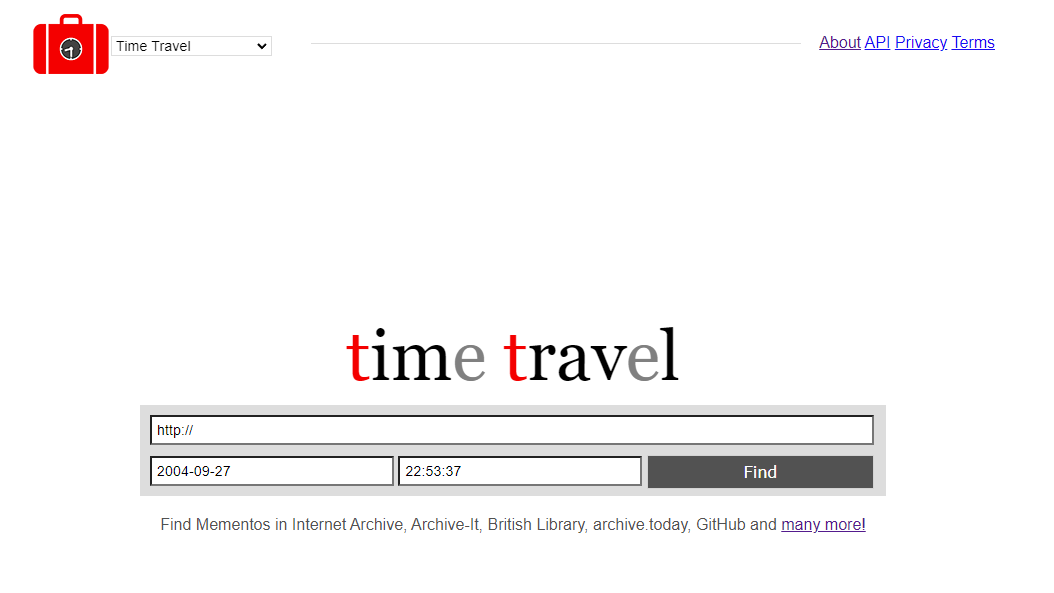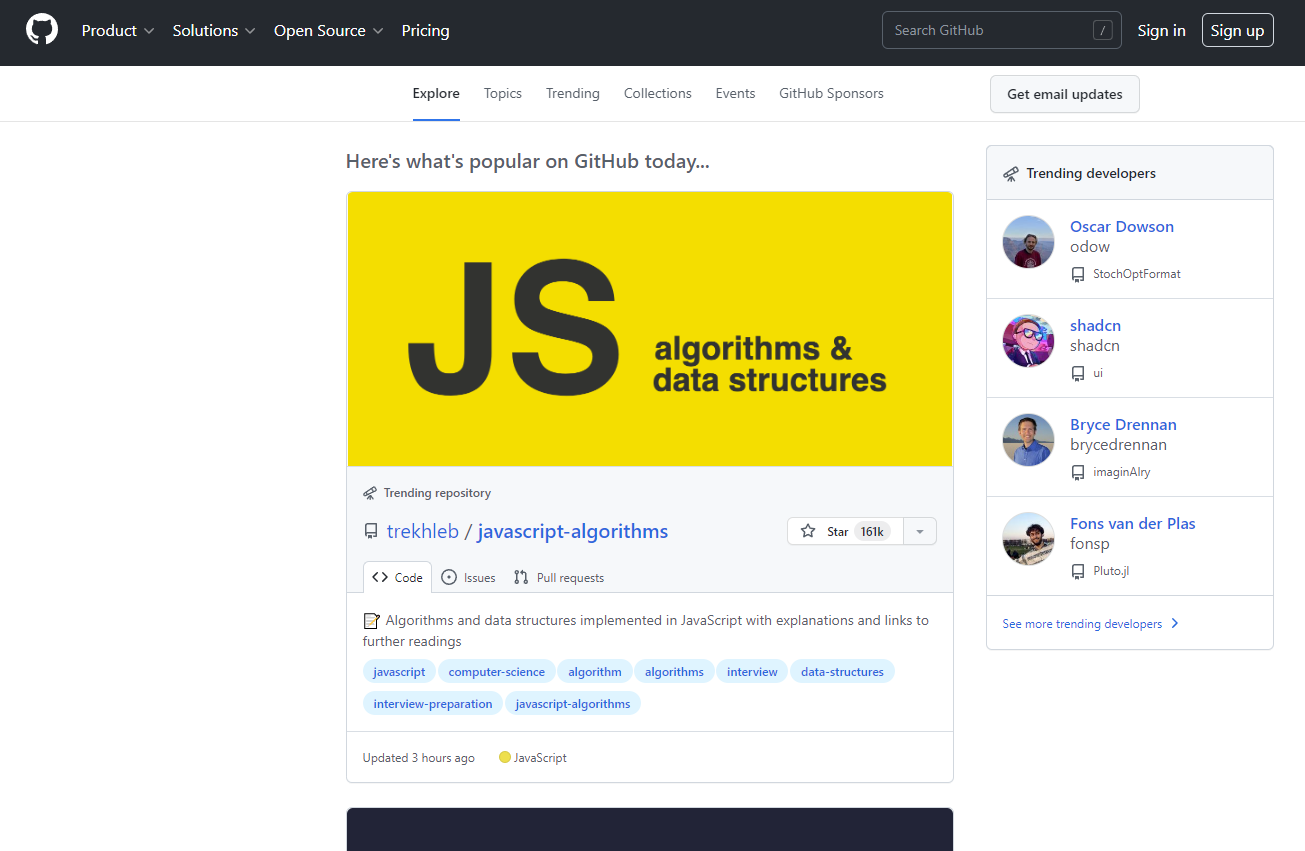SEO
Wayback Machine: 5 Alternatives To Try

Much of the web is ephemeral.
Web pages exist until they don’t. The content on them exists until it’s updated – and then it’s gone.
Unless you go digging in an archive.
Archiving the web is important for cultural and anthropological research. It’s also helpful for business reasons, like competitive analysis. It can even help document or monitor political processes.
Your particular reason for seeking archived content might determine which service works best.
The Wayback Machine is the most commonly known archive.
The Internet Archive is a nonprofit organization, and the Wayback Machine is the web version of its archive, containing an absolutely massive amount of data.
You can request that it save a webpage in its current state, as well as make use of tools, like an API.
As huge as the Wayback Machine archive is, it’s likely not 100% complete. If you’re having trouble finding something specific or wondering if there are alternatives with more features, these alternatives might help.
I won’t be going over paid SaaS subscriptions, as I don’t consider a paid service a true alternative to a free one provided by a nonprofit.
Let’s go!
1. The Memento Project
Memento is an exceptional alternative to the Wayback Machine because it aggregates several different sources, including the Wayback Machine itself.
On the website, you can access archives from several sources by using the Time Travel tool.
 Screenshot, http://timetravel.mementoweb.org/, January 2023.
Screenshot, http://timetravel.mementoweb.org/, January 2023.This is the first distinction that makes Memento so cool, and it includes some of the other archives on this list, too. That means it’s a customizable experience and likely one of the most complete.
Memento’s other distinct feature is the Chrome extension that allows you to select the date on which you’d like to view your current page. This brings the tool to where you’re browsing instead of making you put a URL into a form.
You can also create a snapshot of a page and generate a link to it that won’t break. This is particularly useful for citation.
If you’re concerned a page might disappear, or the content might get updated, but you want to use the information, creating one of these links ensures that people will be able to see your original source.
2. Archive.today
Archive.today is another “snapshot” tool. It allows you to save a link to a page as it currently exists.
Following the link will send users to an unalterable version of the page.
 Screenshot, https://archive.ph/, January 2023.
Screenshot, https://archive.ph/, January 2023.It also features some relatively advanced search queries you can perform on domains and URLs to find snapshots that have been saved with the tool.
This tool also features a Chrome extension as well as an Android app.
Searches on Memento can include results from Archive.today.
3. WebCite
WebCite has powerful applications for authors, journalists, academics, and publishers.
It offers a variety of ways to build and present the archived pages and the URLs.
 Screenshot, rhttps://webcitation.org/, January 2023.
Screenshot, rhttps://webcitation.org/, January 2023.Unfortunately, at the time of publishing, it doesn’t appear to be taking new requests. But you can still access already archived pages. When and if it starts accepting requests again, it’s a very useful tool for that.
Its most powerful feature for authors and publishers is the ability to upload a manuscript directly to the website.
The tool will scan every link in an uploaded manuscript and automatically create archives of each of the pages linked to as they currently exist. This saves a lot of time if you’ve used a lot of website citations.
If you’ve created content that you want people to be able to create snapshots of, then you can add a specific WebCite link to your page that users can click on. This embeds archive functionality into your page, saving users time if they decide to use your work as a citation.
4. GitHub
GitHub is a development and collaboration platform that also prioritizes public projects and open-source code.
It documents and archives open-source code and programs, and is searchable by other archives such as the Wayback Machine.
 Screenshot, https://github.com/explore, January 2023.
Screenshot, https://github.com/explore, January 2023.But, if you’re looking for something related to code or software development, it might be easier to go straight to GitHub instead of using another archive service.
While it does have paid business plans, GitHub is free for the average user. It even offers 15GB of storage and some computing power in its cloud developer environment for free for your personal use.
5. Country-Specific Web Archives
Several countries run their own web archives.
These can be particularly helpful alternatives to the Wayback Machine if you’re looking for a website highly relevant to a specific location, or the culture of a country.
More focused archives might have more complete information if you’re having trouble finding it elsewhere, although again, I want to mention that the first alternative in this list, Memento, pulls from several different country-specific archives.
I should also note that many archives specific to a country, region, educational institution, or individual library are partnered with Archive-it, a service provider built by The Internet Archive (makers of the Wayback Machine).
They curate specific collections based on relevance, but all Archive-it partners leverage the same source: The Internet Archive.
These are a few of the country-specific web archives:
Conclusion
When you’re looking for alternatives to the Wayback Machine, you might not realize that a great many of them, in part or in whole, are powered by the same archive.
But there are other services out there you can use. Some have more helpful features, depending on what your goals are.
This isn’t an exhaustive list of alternative tools, but it’s most of the easily accessible tools for the average user.
Others require monthly payments, and some are free to academic and legal institutions, but not to individual users.
I chose to focus on the best of the tools that you could go and use right now with no fuss.
More resources:
Featured Image: Studio Romantic/Shutterstock



















You must be logged in to post a comment Login